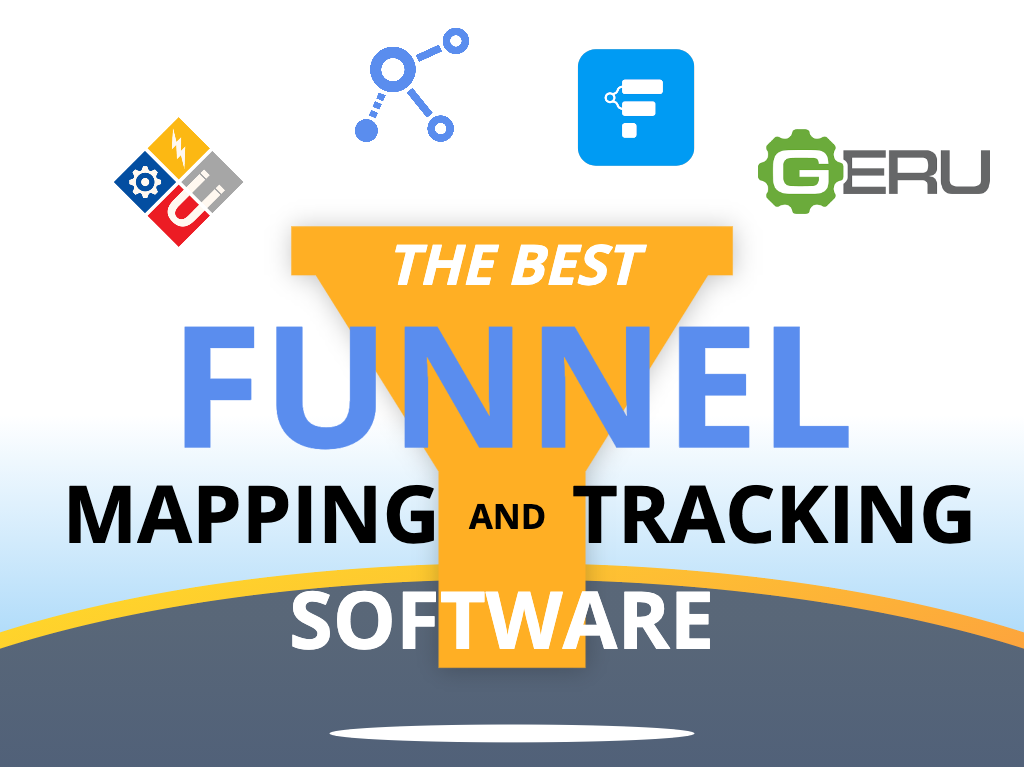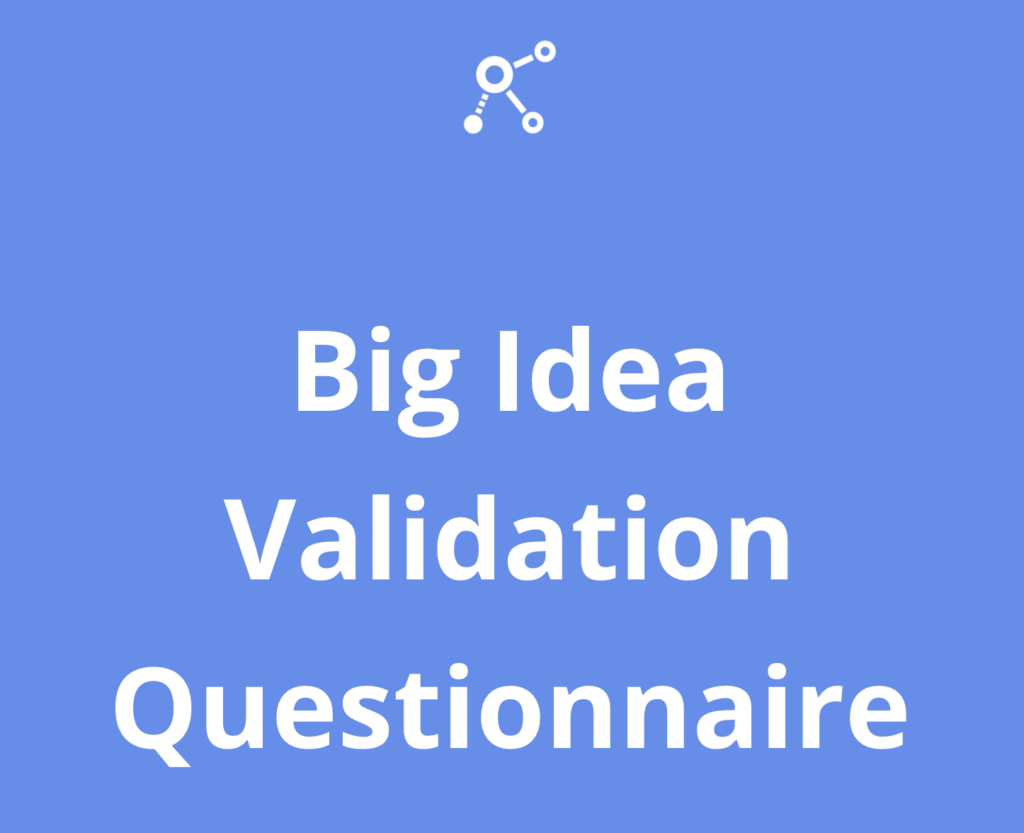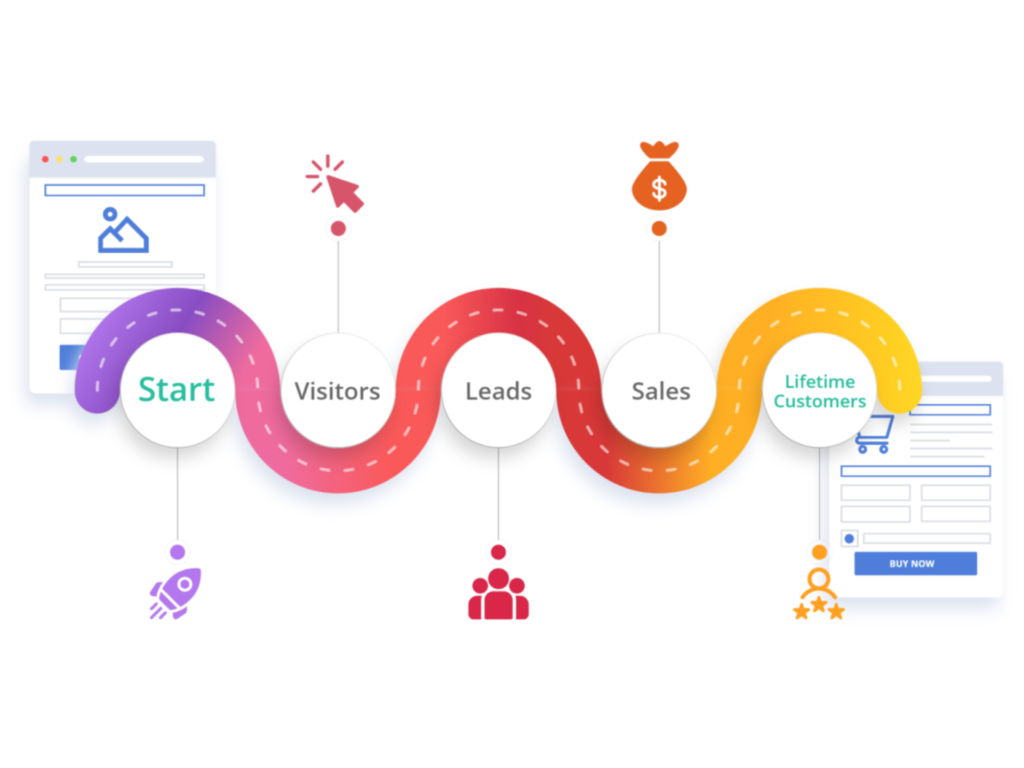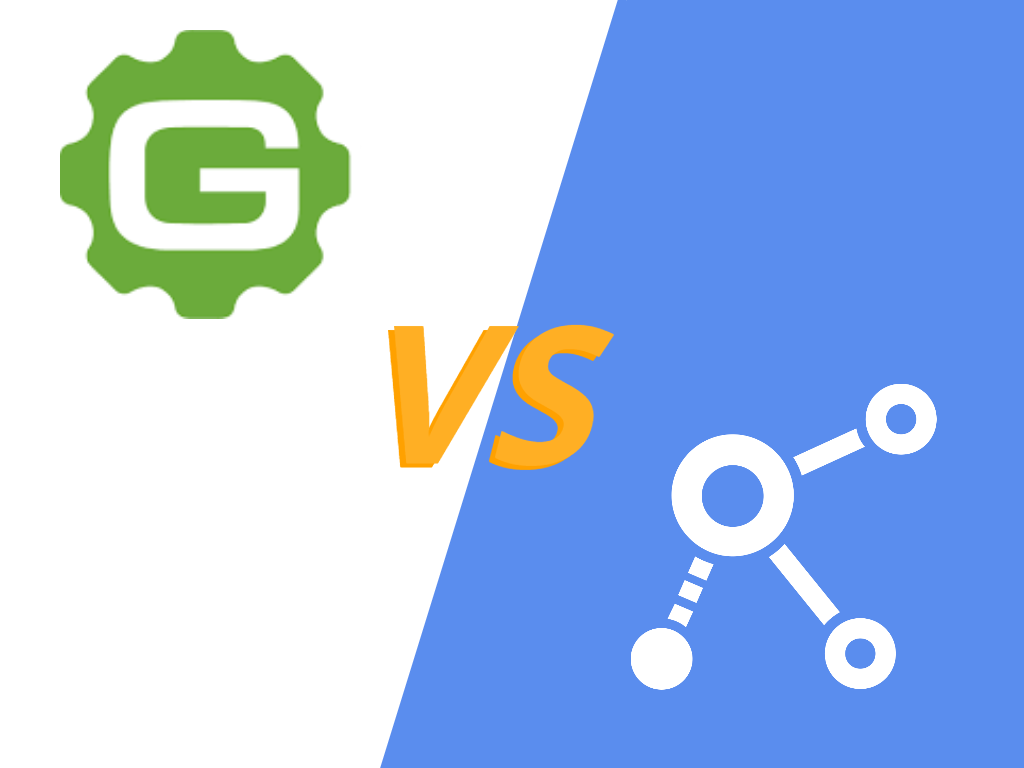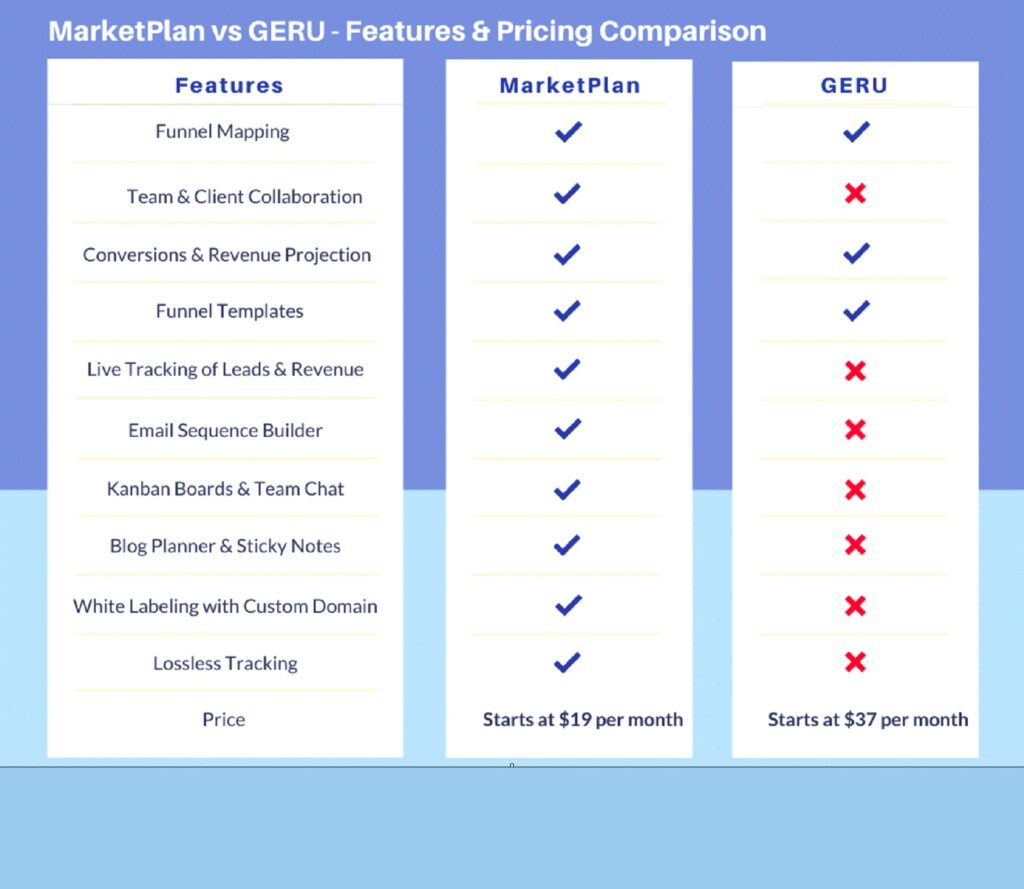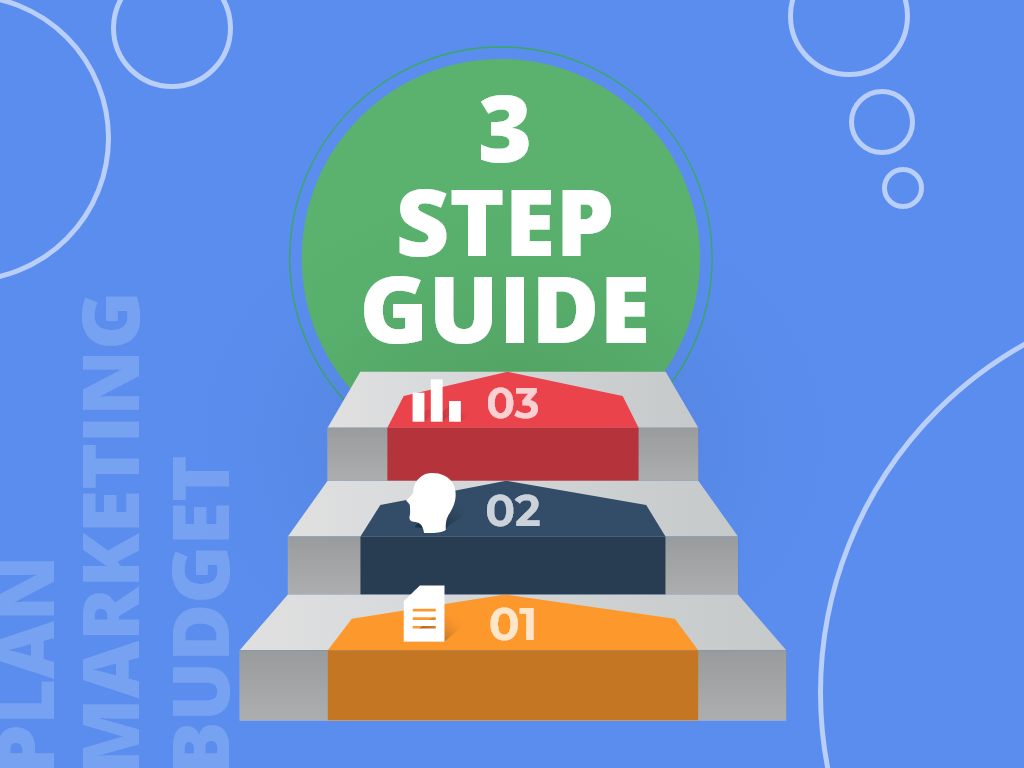- To start with, what exactly is a funnel mapping and tracking software?
- Why is it important to map a funnel before building it?
- Importance of Tracking the Funnel once the Campaign is Up and Running
- Factors to Consider while Mapping a Funnel
- Best Software Tools to Map and Track your Sales Funnels
- MarketPlan
- Funnelytics
- Cons of Funnelytics compared to MarketPlan
- Geru
- Cons of GERU compared to MarketPlan
- InfluencerSoft
- Cons of InfluencerSoft compared to MarketPlan
- Conclusion
If you’re in charge of managing your own sales funnels, you’ll know that it can be a bit complicated. With so many different tools out there, it’s important to make sure you’re using the right one for your unique needs.
That’s why we put together this list of the best sales funnel planning and mapping tools on the market today! We hope that this helps streamline your workflow and improve conversion rates.
To start with, what exactly is a funnel mapping and tracking software?
Sales Funnel Mapping is a simple process that allows you to map out your sales and marketing funnels, helping you to visualize all of your marketing efforts & campaigns.
Plus, you can even create visual reports of which areas are performing the best for you in terms of conversions. You’ll also be able to view everything in a timeline!
This way, you can see which steps are converting the most for you and how each step contributes to the sales funnel and its revenue.
Why is it important to map a funnel before building it?
Sales funnels are a complex mix of pages, email sequences, chatbots, text messages, phone calls, and a whole lot more.
Every sales funnel is different. Every type of businesses have different customer profiles and they might use various products at different stages of the buying process. Understanding these factors before starting to build a funnel is vital to make it effective and successful.
There are four stages that a potential customer goes through when they buy something. There is typically an awareness stage, which includes researching products or services and comparing prices.
This is followed by the consideration phase, where customers formulate their opinion of products or services before making any decision on whether or not they want them. Then there is the conversion phase which happens when customers actually purchase items from the website. Finally, there is the post-sale phase where customers receive their goods and may post reviews about your product or service.
A combination of all these phases must work in sync in order to get the best conversion rates for your business. When not planned properly, it could end up in a huge mess and cause massive losses on your ad spend.
This is where mapping a sales funnel can be so important. It makes sure that every step of the campaign is in the right place and all of your team members are in the knowledge of how the campaign is going to be run before it goes live.
Once a marketing campaign is live, it can be very difficult to make major changes and hence mapping can save you and your team a tremendous amount of time.
If anything goes wrong in the funnel, then it would be easy to identify and fix the problem as you have a visual representation of it, having mapped the whole funnel earlier. This can be done without affecting any other part of the funnel which is quite important in a campaign that gets hundreds or thousands of visits a day.
Importance of Tracking the Funnel once the Campaign is Up and Running
In order for your funnel to perform well consistently and provide you with good returns, it is a good idea to keep optimizing it based on the numbers.
Tracking your funnels will give real-time data on your campaigns. It will help you with optimization, finding the issues, and knowing what to improve on. For example, if you find that a certain campaign is not not gathering as many email addresses as you would like, this can be an indication that the landing page needs improvement.
A sales funnel can be monitored by using Google Analytics, but dedicated funnel tracking tools do a much better job as it is easy to view the numbers and tweak the funnel based on it. A/B testing will also help you understand which content resonates better with customers and optimize accordingly.
You can also easily track the performance of your sales funnel on a single dashboard. This way, you will have a visual representation of your funnel and the numbers involved to easily perceive the data.
Factors to Consider while Mapping a Funnel
It is important to consider the below points while mapping out your funnel,
1. Define the goal of the funnel,
2. Define the buyer’s journey and pinpoint your target audience,
3. Map out the customer’s buying process from awareness, interest, decision, purchase to advocacy,
4. Map out ways for you to reach them and what channels will work best for them,
5. Pinpoint the critical bottlenecks where there is a high chance of churn or the prospect dropping out of the funnel,
6. Corrective measures or alternative channels to reach customers who have churned or dropped out,
7. How to scale the campaign to a larger audience size once the campaign returns a positive ROI,
8. Upsell, downsell, and cross-selling opportunities to increase the overall lifetime value of each customer,
9. The different channels of customer support that can be offered.
10. The review generation process that is planned and how it is going to be executed with a strategy on tackling negative reviews, if any.
Best Software Tools to Map and Track your Sales Funnels
Now that we have why mapping a sales funnel matters for your business and the importance of it, we will have a look at the best software tools you can use to do it effectively.
Let’s get right into it.
MarketPlan
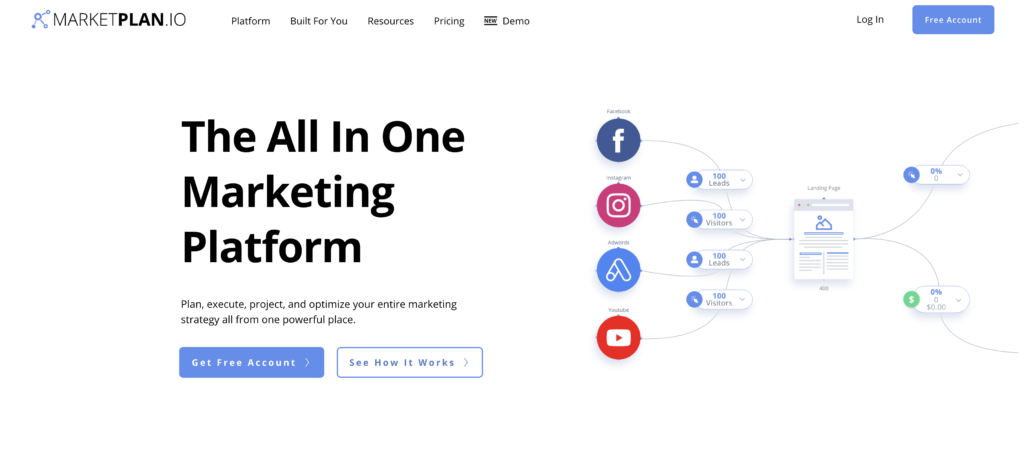
We at MarketPlan believe that a software that tracks and maps funnels needs to be built with not only the buyer journey in mind, but also the marketer’s journey in mind, and that is why we have incorporated (and continue to incorporate) many features not found in other platforms.
Below are some of the standout features of MarketPlan that make it a complete solution to map and track your funnels.
- MarketPlan is a truly all-in-one planning, mapping, and tracking solution that lets you map every part of your funnel and track the real-time numbers after the campaign is live.
- A lot of mapping templates available for different types to funnel that provides you a headstart to work with. 20 high-converting templates are available currently and new templates are being added into the funnel vault in the future.
- Projection of how well the funnel will perform where you can input your target numbers and compare it with the live tracked numbers to get an idea of how it is actually performing and how much improvement is required. It is also possible to have all your product information and pricing details within MarketPlan.
- Tracking of visitors, leads, sales, and revenue numbers. At any point, you can switch between the Live, Plan & Off modes to make the necessary changes.
- Easy set up of real-time tracking with real-time analytics, data and overview of the stats.
- Email sequence builder with text editor, conditions, delays, and actions, to have all your email copy written and stored right inside MarketPlan.
- Built-in team collaboration to work on your funnels and campaigns with your team members and clients. You can also assign specific tasks to a selected individual in your team.
- Built-in Notes Module to have all your short and handy notes with regards to your campaigns for a quick reference at a glance.
- Blog sequence planner to have all your blog posts written inside MarketPlan. Particularly useful for Content Marketing & SEO agencies to easily manage content for multiple clients. It is possible to add rich content like images.
- Ad Set Module to have all your ad content within MarketPlan and keep it organized. Supports all major ad networks. You can have all the media content related to the ad, project revenue, price of the product, etc. for easy reference.
- Project Management features with Kanban boards where you can assign cards for individual team members for effective task management.
- Built-in Keyword Planner where you have all the data of your target keywords with details on average search volume, competition, bid value, links, etc.
- Team chat where you can chat with your team members in real time and collaborate effectively.
- Built-in white labeling for agency accounts capability making it a perfect fit for marketing agencies to improve their branding with a custom branded domain and user interface. All you need to do is add a CNAME to your DNS settings and within just a few minutes you can have a completely branded tool for your agency. You can also add your own logo and customize the login page as well to instantly wow your clients.
- Built-in image and video collaboration where you can work as a team on designing of graphics and images making it an excellent solution for graphic design agencies.
- Built-in Task Module to manage all the tasks of yourself and your team members for each project.
- Directly integrates with major payment providers like Stripe, PayPal to give you accurate tracking and revenue numbers.
- An excellent free plan where you can use all the templates, mini apps to test MarketPlan before committing to a paid plan.
- Affordable payment plans with the starting plan costing just $9 per month for mapping & planning and $29 per month for funnel tracking. Even the highest Agency plan that gives you white labeling capabilities starts at only $79 per month making MarketPlan the cheapest option to map & track your funnels.
- High page view limits on tracking with the Pro plan (starting at $29 per month) giving you access to 10,000 page views and the Agency plan bumping it to 50,000 page views per month.
- (Limited Lifetime Deal Available in addition to standard pricing)
- Custom team and client permissions to have the full control of your account. You can enable or disable access to editing plans, managing plans, adding new members, removing members, managing projects, team chat, etc.
- Daily backup of ad copy, videos, images, chat conversation, email sequences, and blog posts in our server to give you complete peace of mind when it comes to your data.
- Live chat support available to contact the team at any time to get your queries and problems solved.
- An active development and support team with a lot of new features planned in the next phases of releases including complete task management, CRM & pipelines, mobile apps, etc.
- A public Roadmap and Changelog to keep all the customers informed on the features that are planned, being built on and recently released.
- A community of Marketers and Entrepreneurs with whom you can share and get ideas on how to best use MarketPlan for your business.
Funnelytics
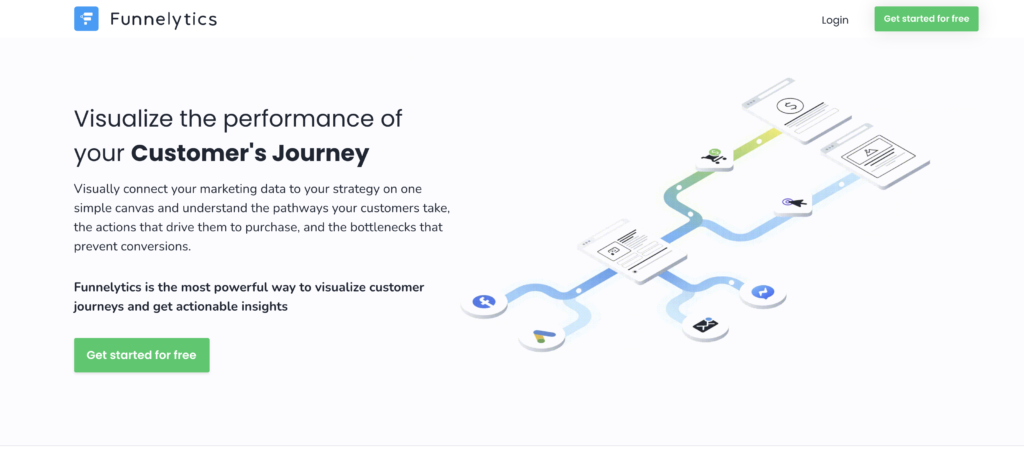
Funnelytics is another well known tool in the funnel mapping & tracking space that has a good array of features including complete mapping and tracking of funnels with live tracking data.
You can run projections as well when you input your target data. It also has a good range of templates to choose from to start mapping the funnels.
Team collaboration is supported as well to collaborate on projects and workspaces.
When it comes to pricing, it is not displayed publicly and you have to schedule a demo to try the tool. However, based on their earlier pricing strategy, it will most likely be more expensive than what we offer at MarketPlan.
Cons of Funnelytics compared to MarketPlan
- Much more expensive compared to MarketPlan.
- No white-labeling possible making MarketPlan a much better option for agencies.
- Team chat is not available although you can collaborate with team members to map & track the funnels.
- Free plan is directly not available to sign up on the website and try the tool.
- No project management or Kanban boards available.
- No blog sequence builder.
- No email sequence builder.
- No Image and video collaboration.
- No LTD Available
Geru
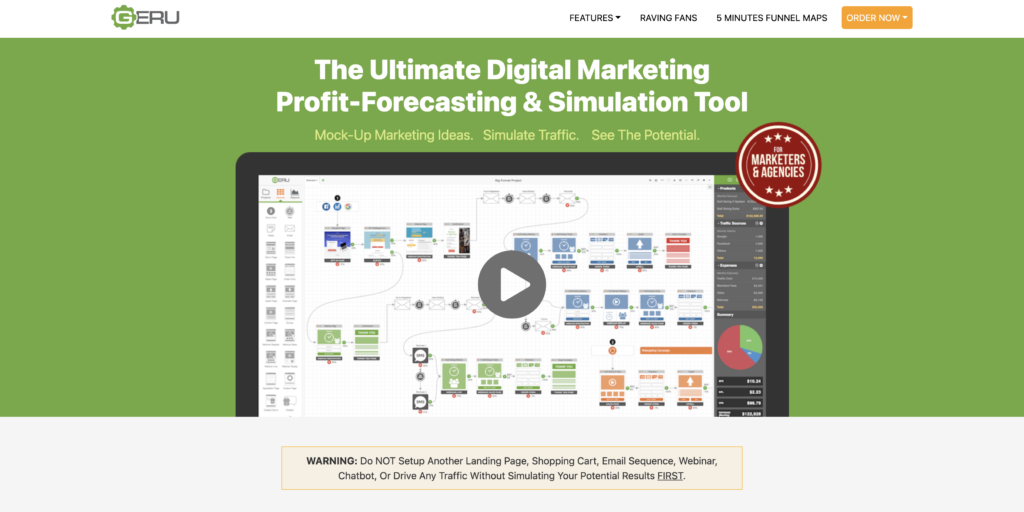
Geru is another funnel mapping tool that has a decent array of templates and supports running simulations and forecast your target performance.
You can build different scenarios with various target numbers and run a comparison of the funnels based on the number you input.
However, Geru does not support funnel tracking and you need to use an additional third party tool to track the live analytics.
With regards to pricing, there are three plans ranging from $37 per month to $149 per month depending on the number of projects, team members, and client accounts. They also have two LTD prices available for $67 and $164.
Cons of GERU compared to MarketPlan
- No live tracking of funnels. You can only map the funnels and run projections.
- More expensive than MarketPlan even without the tracking features.
- No free plan. You have to purchase the tool if you want to try it.
- No project management or other planning features available like Kanban boards, blog sequence & email sequence builder.
- White labeling is possible only for the reports and no custom domain support.
- No image collaboration.
InfluencerSoft
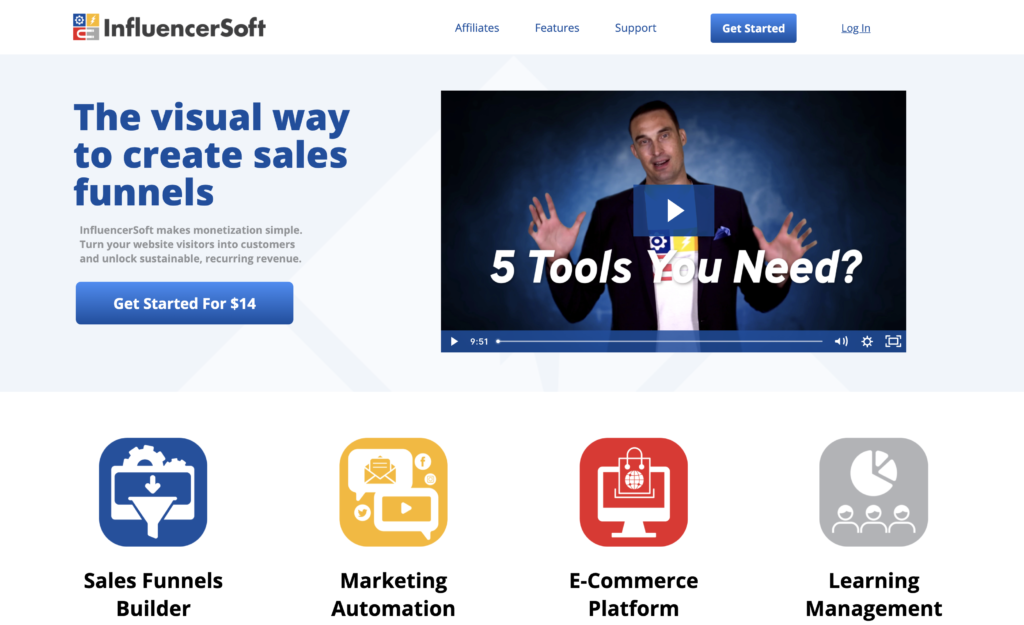
One of the main advantages of InfluencerSoft is that in addition to mapping of funnels, you can also build the funnels within the tool.
You can also set up email marketing inside InfluencerSoft to have all the components of your marketing run on it.
Cons of InfluencerSoft compared to MarketPlan
- No project management features.
- No blog sequence builder.
- No Image and video collaboration.
- No free plan or free trial available.
- No live chat support.
Conclusion
We have seen in detail why it is important to map and track your funnels and the best tools you can use to achieve it.
Each tool has its pros and cons, and this is not intended to be a comprehensive view at each software in-depth, but an overview of what you can expect when exploring the options for funnel mapping and tracking.
If you would like to take another step that won’t cost you anything, try MarketPlan today and decide for yourself which software is the best for you!
